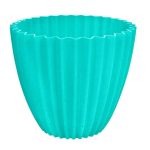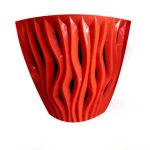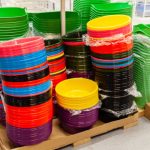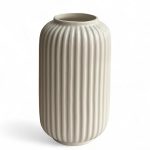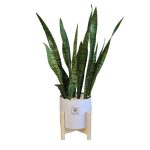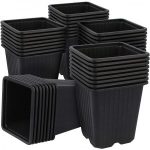plastic vase hs code 5 usa for import + wholesale price
what will you read...
Importance of Accurate HS ClassificationCommon HS Codes for Plastic VasesSteps to Ensure Correct ClassificationConsequences of Incorrect Classification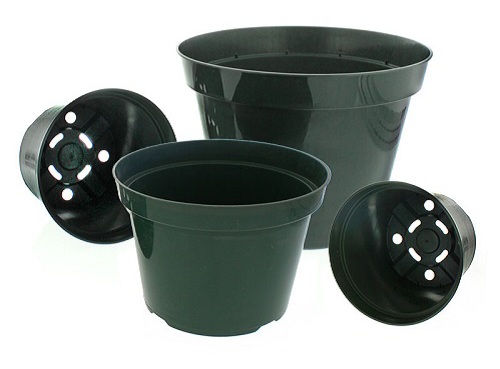
plastic vase hs code 5 usa for import When importing goods into the United States, it is essential to classify products accurately using the Harmonized System (HS) codes. These codes help in identifying the specific products being imported and determining the applicable tariffs and regulations. For businesses involved in the importation of plastic vases, understanding the correct HS code is crucial for smooth customs clearance and compliance with U.S. trade laws. This article delves into the HS code for plastic vases, its significance, and the implications for importers.

Importance of Accurate HS Classification
Accurate classification of products using HS codes is vital for several reasons. First, it ensures compliance with U.S. customs regulations, helping importers avoid potential fines or delays. The HS code system is standardized internationally, allowing for consistent categorization of products across different countries. This consistency simplifies the import process and aids in trade negotiations. Additionally, the correct HS code determines the applicable duty rates and taxes, which can significantly impact the overall cost of importing goods. For instance, different types of plastic products may have varying duty rates, and misclassifying a product could lead to overpayment or underpayment of duties.
Moreover, accurate HS classification facilitates smoother communication between importers, customs brokers, and customs authorities. When all parties are on the same page regarding product classification, it reduces the likelihood of misunderstandings and disputes. Furthermore, having the correct HS code can expedite the customs clearance process, allowing goods to reach their destination more quickly. In a competitive market, time is often of the essence, and delays can lead to lost sales opportunities. Therefore, understanding the correct HS code for plastic vases is essential for effective financial planning and budgeting, as well as for maintaining a competitive edge in the market.
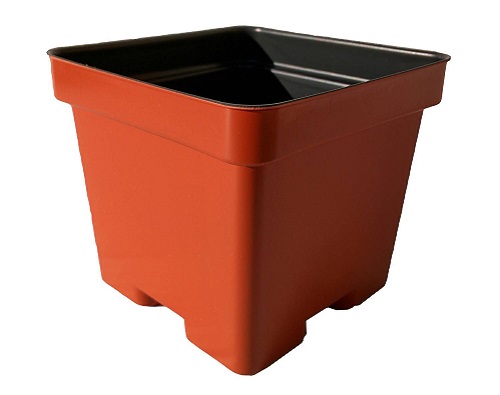
Common HS Codes for Plastic Vases
The HS code for plastic vases typically falls under Chapter 39, which covers plastics and articles made from plastics. Specifically, plastic vases are classified under the subheading 3924.90, which includes other household articles made of plastics. Importers should be aware that the exact code may vary based on the design, size, and intended use of the vase. For example, decorative vases may have a different classification than utilitarian vases. It is crucial for importers to consult the latest Harmonized Tariff Schedule (HTS) for the most accurate and up-to-date information regarding HS codes.
In addition to the general HS code for plastic vases, there may be other relevant codes based on specific characteristics. For example, if the vases are designed for specific purposes, such as gardening or special events, they may fall under different subcategories. Importers should also consider whether the vases are made from recycled materials, as this can affect their classification and applicable tariffs. Understanding these nuances in classification can help importers avoid potential issues and ensure compliance with U.S. trade regulations.
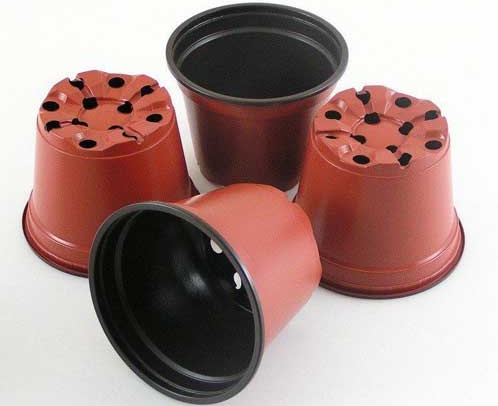
Steps to Ensure Correct Classification
To ensure correct classification of plastic vases, importers should follow a systematic approach. First, they should gather all relevant product information, including materials, dimensions, and intended use. This information is critical for determining the appropriate HS code. Importers should also be aware of any applicable regulations or standards that may affect the classification of their products.
Next, consulting the Harmonized Tariff Schedule (HTS) is essential to identify the appropriate HS code. The HTS is a comprehensive resource that provides detailed information on tariff classifications and duty rates for various products. Importers can access the HTS through the U.S. International Trade Commission (USITC) website or other official government resources. It is advisable to check for updates regularly, as tariff classifications can change based on trade agreements or policy shifts.
Importers can also seek guidance from customs brokers or trade compliance experts who specialize in HS classification. These professionals have the expertise and experience to help navigate the complexities of customs regulations and ensure accurate classification. Additionally, maintaining thorough documentation and records of the classification process can help resolve any potential disputes with customs authorities. This documentation should include product specifications, correspondence with customs brokers, and any relevant research conducted during the classification process.
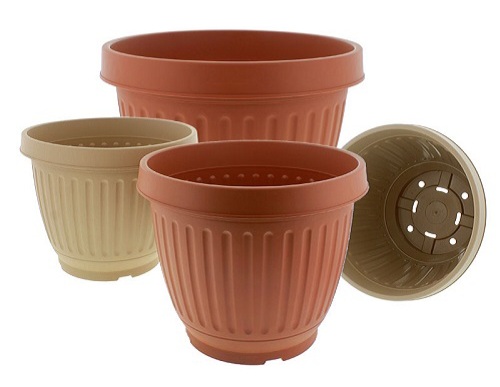
Consequences of Incorrect Classification
Incorrect classification of plastic vases can lead to significant consequences for importers. Misclassification may result in overpayment of duties or, conversely, underpayment, which can trigger audits and penalties from customs authorities. For example, if an importer misclassifies a decorative vase as a utilitarian one, they may end up paying a higher duty rate than necessary. Conversely, if they underreport the value of their imports, they could face fines and increased scrutiny from customs officials.
Furthermore, delays in customs clearance can disrupt supply chains and lead to financial losses. In a just-in-time inventory environment, any delay in receiving goods can impact production schedules and customer satisfaction. This can result in lost sales opportunities and damage to the importer’s reputation. In some cases, misclassified goods may be subject to additional scrutiny, leading to further complications. Therefore, it is imperative for importers to prioritize accurate HS classification to mitigate these risks and ensure smooth operations.
Additionally, incorrect classification can affect the ability to claim certain trade benefits or participate in trade programs. For instance, if an importer is eligible for preferential duty rates under a free trade agreement but misclassifies their products, they may lose out on those benefits. This can significantly impact the overall profitability of their operations. Therefore, understanding the implications of HS classification is crucial for importers looking to optimize their supply chain and reduce costs.
Navigating the Import Process
In conclusion, understanding the HS code for plastic vases is a critical aspect of the import process for businesses in the U.S. Accurate classification not only ensures compliance with customs regulations but also influences duty rates and overall import costs. By following the steps outlined in this article, importers can navigate the complexities of HS classification effectively.
As the global trade landscape continues to evolve, staying informed about HS codes and regulations will be essential for successful import operations. Importers should also be proactive in seeking updates on trade policies and tariff changes that may affect their products. By maintaining a strong understanding of the import process and the importance of HS classification, businesses can position themselves for success in the competitive market.
Ultimately, the key to successful importing lies in diligence and attention to detail. By prioritizing accurate HS classification and maintaining open lines of communication with customs authorities and brokers, importers can streamline their operations and minimize risks. In an increasingly interconnected world, understanding the nuances of trade regulations is more important than ever, and businesses that invest in this knowledge will be better equipped to thrive in the global marketplace.





